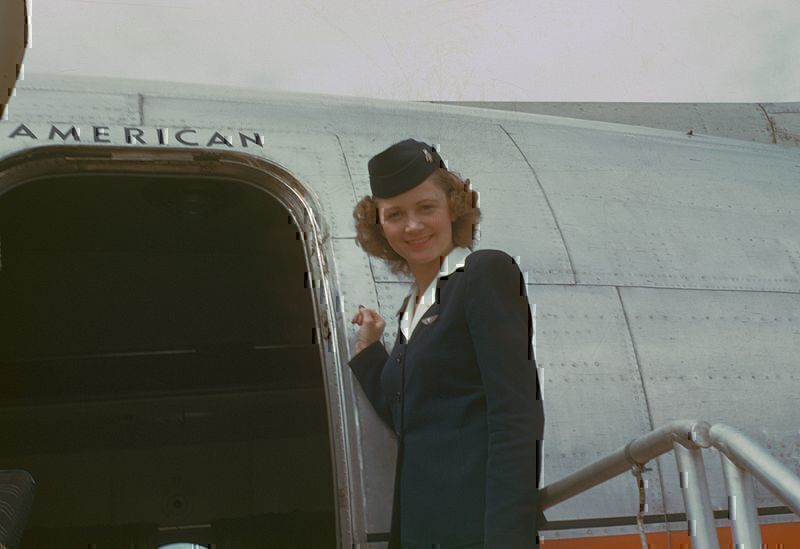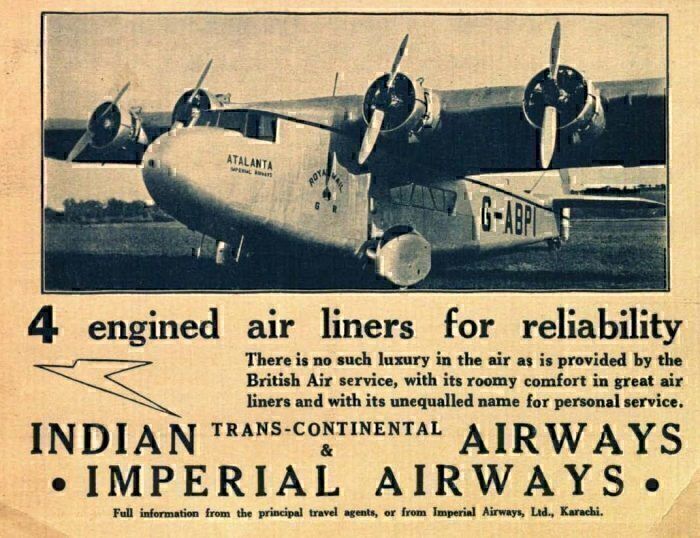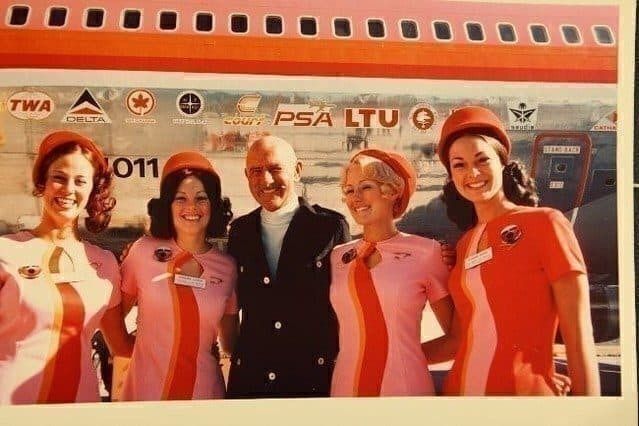With the role of flight attendant still evolving, we thought we would take a look throughout aviation history to see just how much has changed and what the job may look like in the future. Today it will come as no surprise to learn that around 75% of all flight attendants are women, yet the first flight attendants were men.
If you look at the role of flight attendants as being one where their job is to serve passengers food and drink, the very first flight attendant was a German by the name of Heinrich Kubis. As a steward aboard an airship, Kubis’s job was to take care of passenger's needs on Zeppelin flights between Germany and America.
Kubis’s career did not last long, however, coming to an abrupt end following the Hindenburg disaster in 1937. Kubis managed to survive the Hindenburg by jumping out of a window as the airship neared the ground, but its fiery crash signaled the end of the airships.
The first flight attendants were called cabin boys
Early passenger airlines like Britain's Imperial Airways hired what they called stewards and cabin boys, titles taken from similar jobs undertaken on ships.
In the early 1930s, the first female flight attendant was hired by Boeing Air Transport in San Francisco. The manager of the company only hired 25-year-old Ellen Church because she was a registered nurse. The thought behind her hiring was twofold; firstly being able to tell passengers that the flight crew was medically trained and secondly because he thought that women would be better suited to serving food and looking after passenger needs.
In the mid-1930s, airlines had between 200-300 flight attendants who, on average, only stayed a few years before leaving to get married.
The glamorous age of air travel came about following the Second World War and the introduction of designer uniforms for what was now a nearly all-female crew of stewardesses.
As we move into the boom years of the 1950s, more and more airlines started adding age restriction into flight attendants contracts, grounding female crew between the ages of 32 and 35. Male flight attendants, however, were allowed to keep flying into their sixties.
Typically, flight attendants during this period were hired for their looks to give the airline a glamorous appeal. In 1957, TWA dropped it’s no marriage policy while other airlines insisted stewardesses be single.
Airlines only hired good looking people
Airlines even used the idea of attractive flight attendants as a marketing tool, with Vanity Fair quoting Braniff Airways as using the tagline, “Does your wife know you’re flying with us?”, while Pan Am asked, “How do you like your stewardesses?”
By 1967, looks were seen as being so important for a flight attendant job that TWA only hired 3% of all applicants, a lower percentage than top universities. As we got closer to 1970 federal courts intervened to stop airlines forbidding employees from getting married and having to stop flying once they reached a certain age.
A landmark case against Pan American was heard by the Supreme Court in 1971 when they ruled that airlines could not prevent men from being flight attendants. Why this ruling may have seemed to level the playing field, Southwest Airlines' stewardesses were still serving drinks wearing hot pants.
In the 1980s the title stewardess was no longer popular
By the time the 1980s rolled around, flight attendants were on average younger than any other profession in the American workforce. The percentage of female flight attendants was also far greater than men at 19.3 men to every 100 women.
In the 80s, the term stewardess fell out of favor and was replaced by the title flight attendant. It was also the end of the 70s and early 80s when the deregulation of the airline industry brought about cheaper fares and more frequent flights.
This meant that more and more people were now flying and that airlines had to start cutting costs if they were to stay in business. The glamour uniforms of the past made way for more functional attire.
Today, people fly because it is the best way to get around the world, with passengers replacing suits, ties, and dresses for more comfortable traveling clothes. Some full-service airlines still try to create a glamorous experience for passengers flying in business or first class with special menus and seats that become beds.
On short and medium-haul flights it is more about selling things to passengers than it is about service, which is a shame as they have made what used to be a desirable job not so alluring. Having said that many people still find the job of a flight attendant rewarding and go on to have fulfilling careers.



